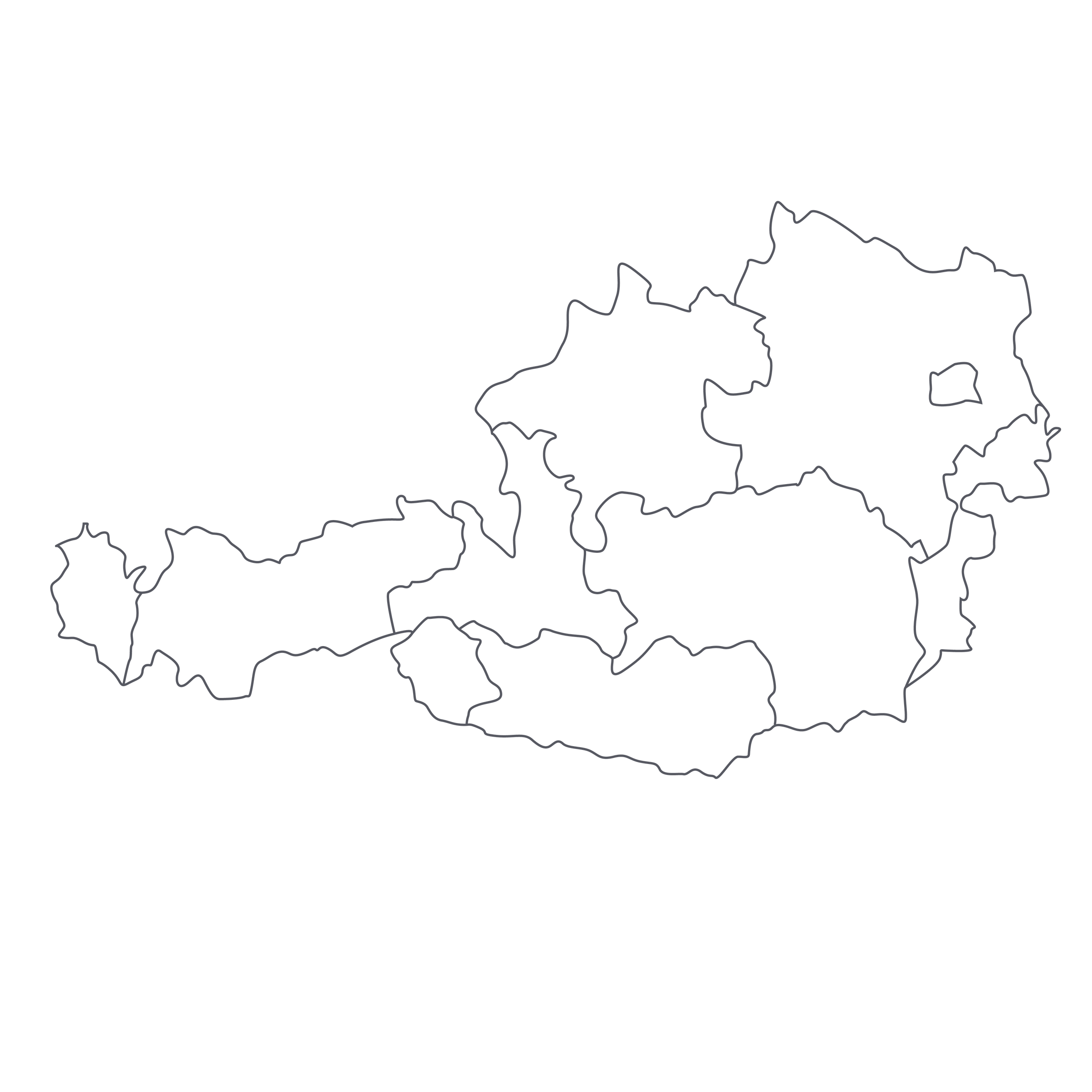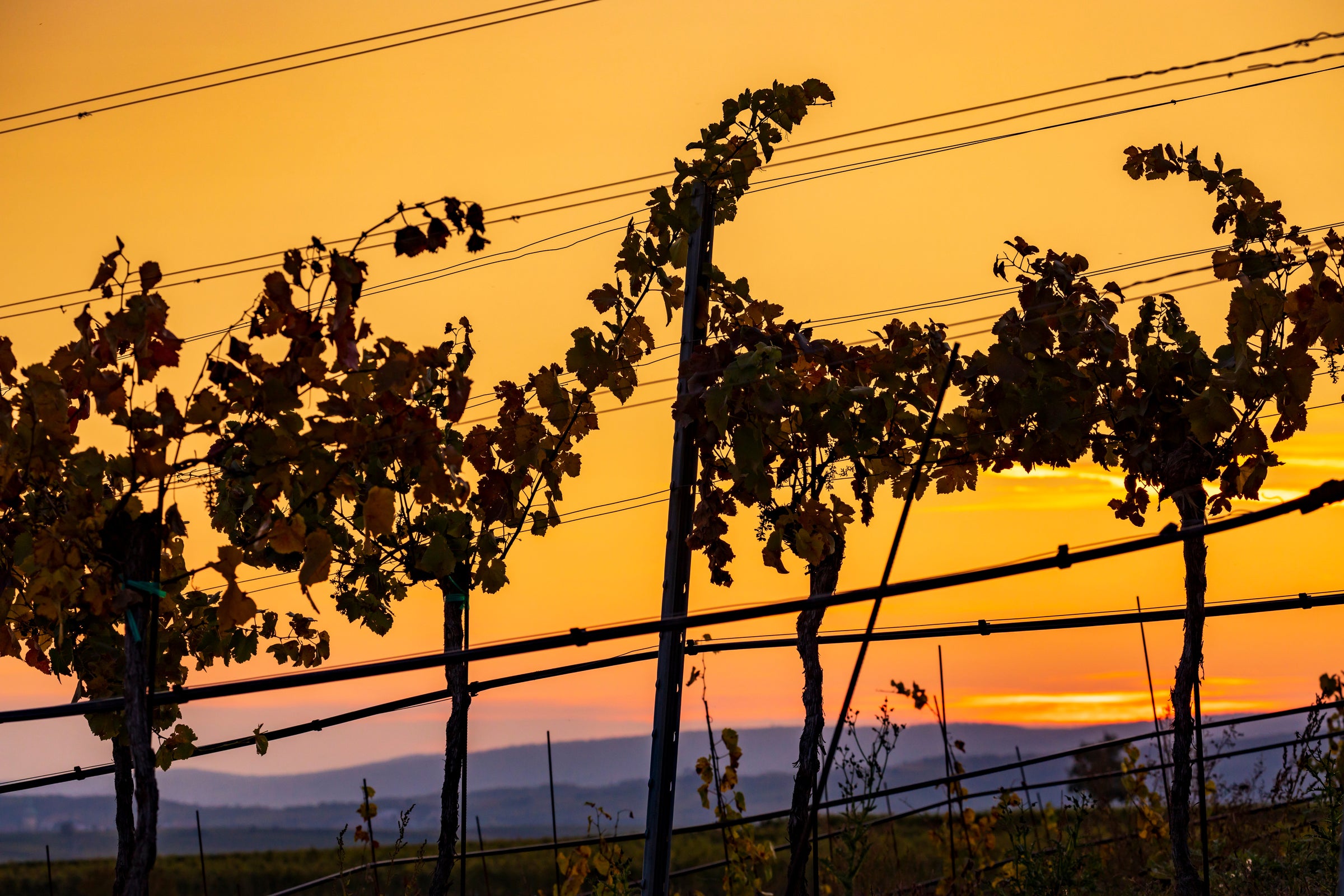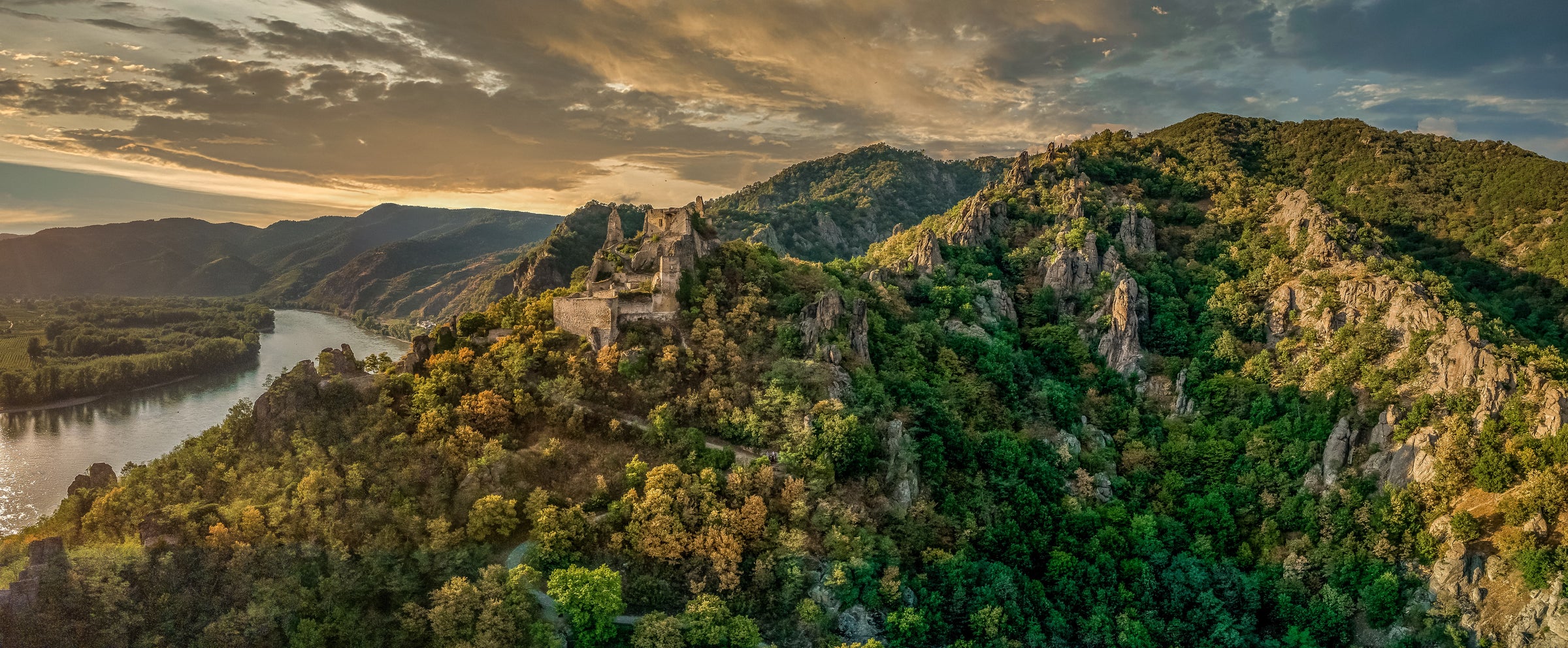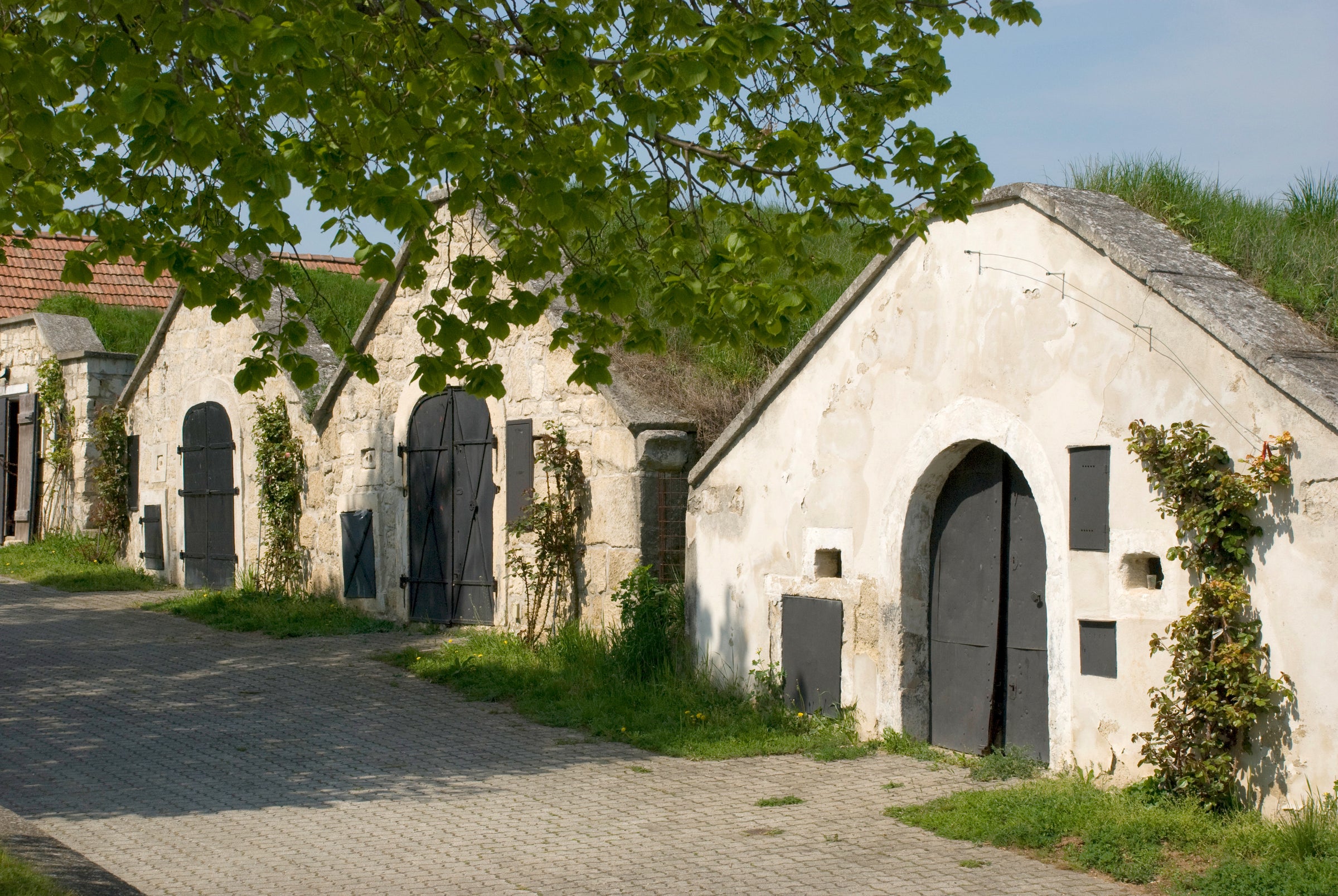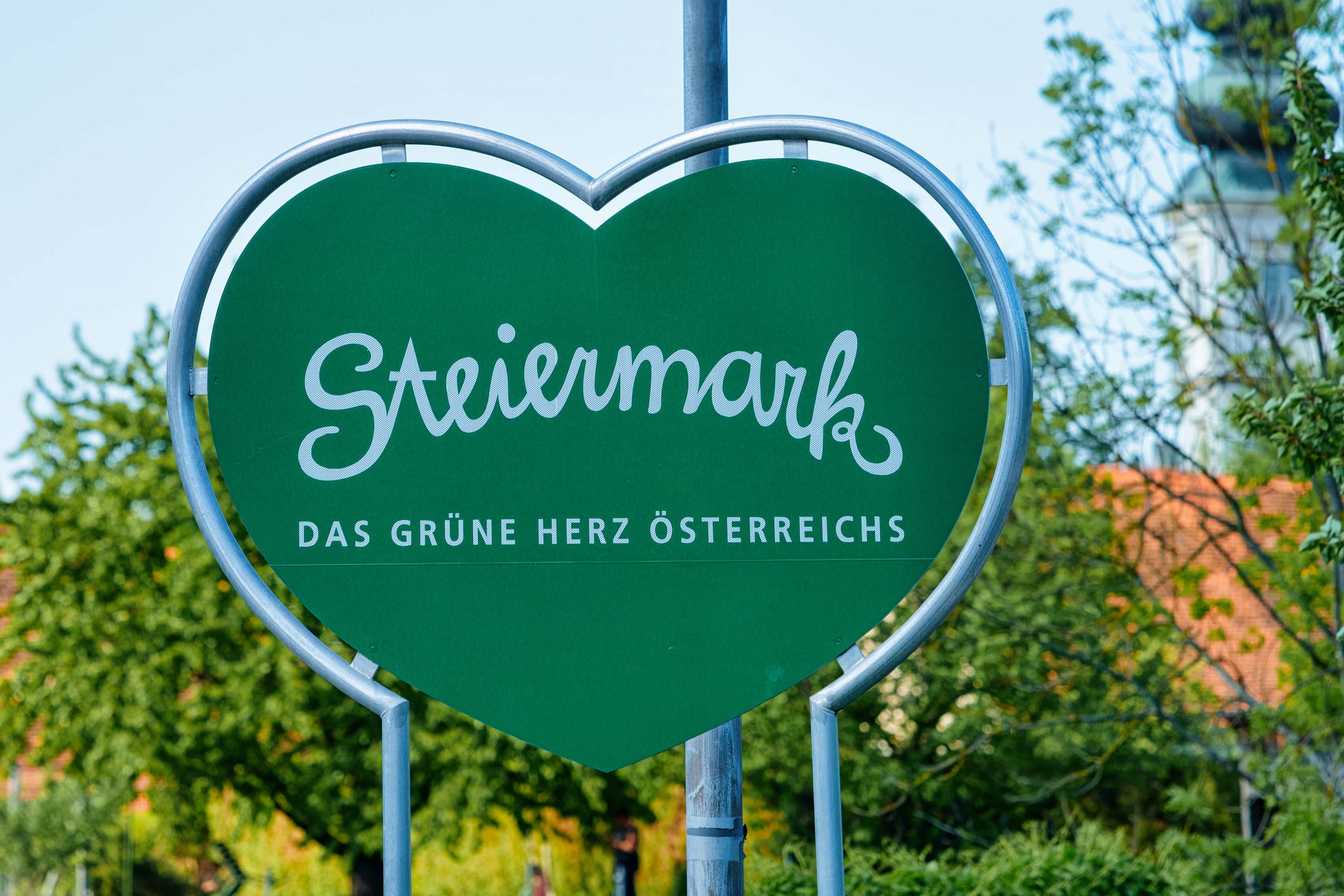When discussing the very best dry Riesling producers around the world, it is a requirement for Weingut Prager to be in the conversation—or blind tasting. Prager was on the table almost weekly when I was studying for the Master Sommelier exam because each bottle they produce is a paragon of Wachau typicity. Theirs are perennial ‘best-in-class’ wines that show up on every sommelier’s radar.
Shockingly, it’s been quite some time since a Prager wine showed up on SommSelect and we can think of no better reintroduction than today’s quintessential bottle. Their 2016 Federspiel from the “Steinriegl” vineyard deserves a standing ovation and an immediate reservation for those who love mineral-etched, remarkably layered wines that can cozy up to just about any style of cuisine. It’s a captivating experience that I’m still savoring despite having first tasted this vintage over three months ago. Prager is a definitive, one-of-a-kind classic for a good reason—many experienced blind tasters can identify Prager’s style when it’s in their glass—so if you still have yet to try these benchmark beauties, now’s the time. At this price, excuses aren’t applicable!
There is no better interpreter of the Wachau’s multifaceted geology than Prager’s winemaker, Toni Bodenstein. He is locally known as “the terroirist” (emphasis on that extra ‘i’!) for his incredible research and mapping of soil types. This has led to the discovery of unique qualities in each vineyard, which translates to pure magic in the glass. Weingut Prager has a lengthy and respected history as one of the top producers in all of Austria. In researching the estate, they discovered, “the first documented mention of the estate, dating from 1302, mentions the place name
ritzling, which has given rise to some speculation that the Riesling variety may, in fact, have its origin in the Wachau.” This particular Riesling hails from the “Steinriegl” vineyard, where no less than 16 producers scrap over this prized 21-hectare site. Prager’s small portion, however, is among the very best: Their 30-70-year-old vines are rooted in compact soils of gneiss and lime silicate marble that cling to intimidatingly
steep terraces. The result is one of the most profound expressions of terroir in the country.
In 2016, Toni was blessed with an exciting vintage that brought high-toned, classic wines brimming with elegance. Today’s Riesling Federspiel was slowly fermented to dryness at cool temperatures in stainless steel tanks for an incredible five weeks. It was then aged in tank for seven months with additional resting in bottle before release. This wine falls into the middle of Wachau’s three ripeness levels: Steinfeder, Federspiel, and Smaragd. It’s the level we drink most often; typically medium-bodied and more textured than lighter style Steinfeder designates, which are rarely seen on the American market.
Prager’s 2016 “Steinriegl” Federspiel boasts a gorgeous silver hue with the slightest mix of straw-yellow. It’s highly energetic and perfumed on the nose, with piquant notes of lime leaves, Meyer lemon, crushed stones, and green apple skin springing to the fore. The level of crystalline energy and extraordinary mineral tension is wildly addictive, and I can guarantee just the nose alone is enough to hook you into opening a second bottle. As it opens, further aromatics continue exploding out of the glass in the form of green mango peel, citrus blossoms, acacia, white peach. A slight touch of petrol and a Grüner-like spiciness is also present. The medium-bodied palate sports thirst-quenching acidity and a bone-dry savoriness that accents the delicate, prickly fruits at play. This wine should be served slightly warmer, around 50-55 degrees, to capture the extraordinary aromatics—too cold will only dampen the experience. This beauty will complement a wide variety of fresh Asian cuisine. Anything that is constructed with basil, mint, or cilantro will create an outstanding pairing, but if you want to go a more traditional route, the attached
tafelspitz is an archetypal Austrian delight. Cheers!


